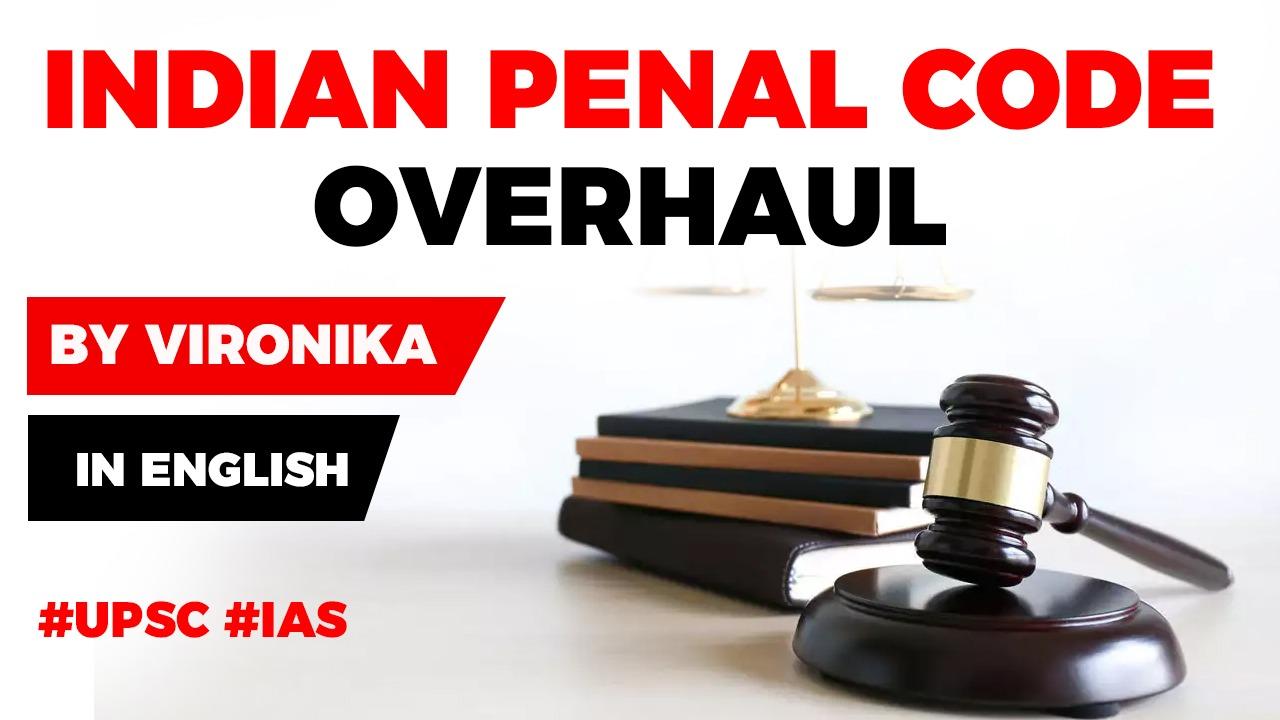Table of Contents
Context
- The Home Ministry is set to amend various sections of the Indian Penal Code (IPC) and the Code of Criminal Procedure (CrPC).
IPC
- The official criminal code of India.
- Substantive aspects of criminal law.
- The code was drafted in 1860
- It came into force in British India during the early British Raj period in 1862.
- However, it did not apply automatically in the Princely states
Revamping
- The spirit of “master and servant.”
- There is uneven punishment for crimes of grievous nature. For example — snatching of chains or bags on road. It could be lifethreatening in some cases but the punishment is not commensurate with the gravity of the crime.
Earlier amendments
- In 2016, the Home Ministry had proposed insertion of two stricter antiracial discrimination provisions in the IPC.
- The two amendments — Section 153A and Section 509A “to deal with racially motivated crimes” received lukewarm response from the States.
Need for caution
- In the process, it is suggested to first look into –
- the general principles of criminal law
- the language of the IPC
- the rules which should govern its interpretation
Principles to be considered
- Victims – Victimological underpinnings ought to be given a major thrust in reforming laws to identify the rights of crime victims.
- Offences – Construction of new offences and reworking of the existing classification of offences is another priority.
- Classification – Chapters of the IPC are overloaded at several places.
Way forward
- India needs to draft a clear policy that should inform the changes to be envisaged in the IPC or CrPC.
- Simultaneous improvements should be made in the police, prosecution, judiciary and in prisons, for the above measures to be truly effective.
Latest Burning Issues | Free PDF






















 WhatsApp
WhatsApp